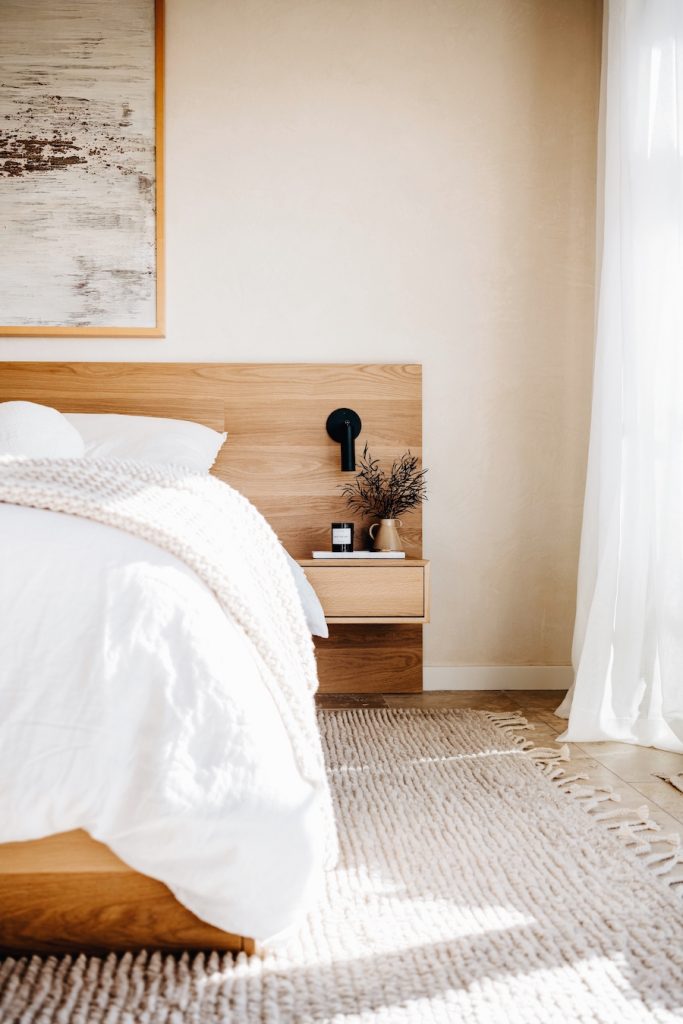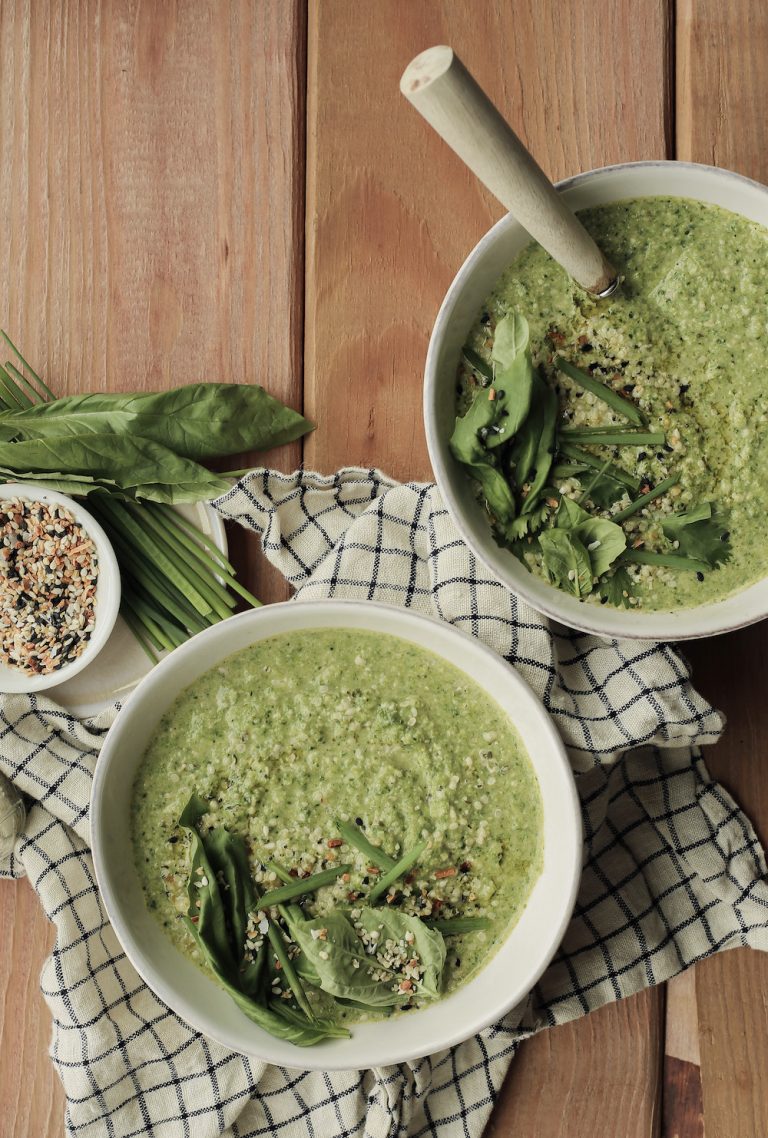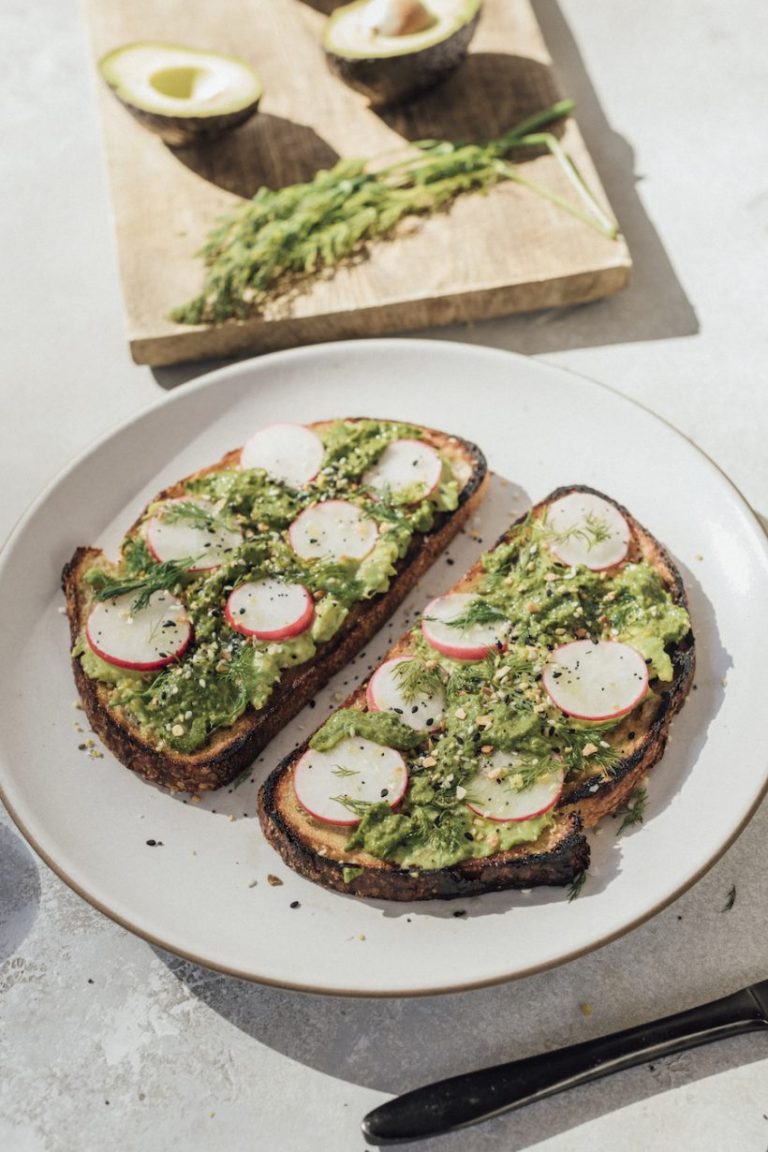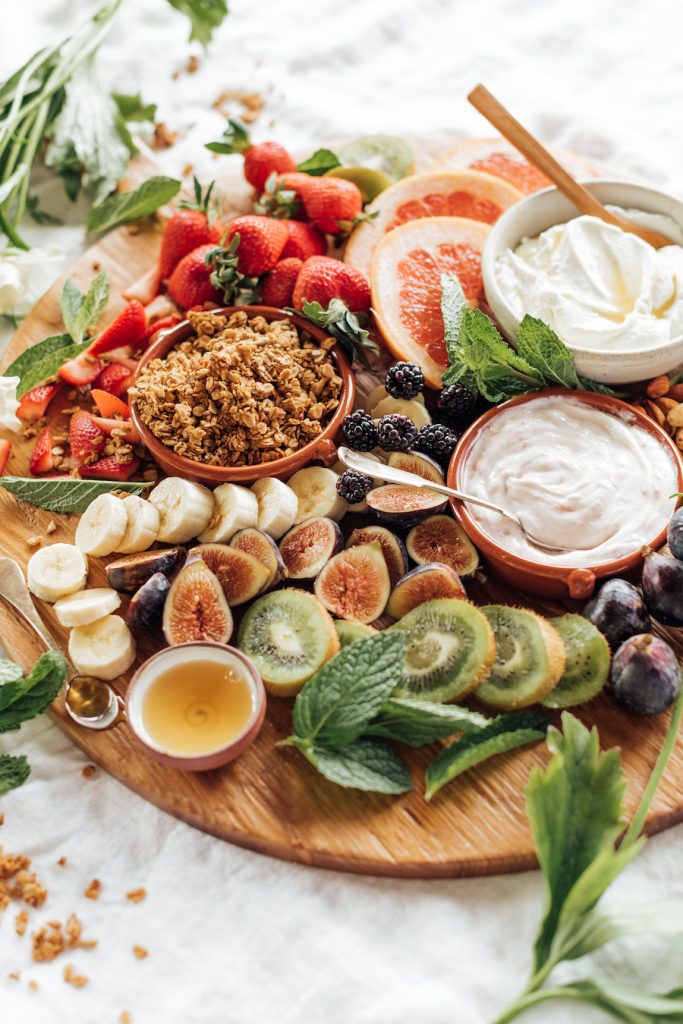
The poet T.S. Eliot and I have something in common. I, too, have measured my life with coffee spoons. A quick glance at my morning routine and you’d be shocked to know that I’m (not-so-secretly) on the hunt for natural remedies for fatigue. Let’s review.
I start the day with the best of upbeat intentions and high-energy mama mojo. Rise-and-grind latte in hand, I’ve got the kids off to class by 7:30 a.m., have clocked a brisk walk around Lady Bird Lake or cranked a Savor + Sweat fifteen-minute dance cardio sesh by 9 a.m., and am showered and powered with another cup of coffee by 9:30 a.m. with my laptop open for business.
But inevitably, regardless of my effort to hydrate with more H20 than espresso and prep high-protein snacks, I begin to feel the sleepy-eyed slump creep in every afternoon. TBH, it makes me envious of children’s nap time. (If there was a cot nearby, I’d be curled up like a purring cat.) Siesta. Forever.
Even though I find a way to power through with a handful of almonds, a blast of the AC, a twirl around my kitchen to the buoyant beat of Harry Styles (or, yes, another shot of caffeine adrenaline), this tiresome cycle is just that—tiresome.
Featured image by Kristen Kilpatrick.

Subscribe
Design obsessed?
Sign up to get monthly #ZumaBeachHouse updates delivered straight to your inbox.
Thanks for Signing Up!
Oops!
Looks like you’re already signed up or your email address is invalid.
Oops!
Looks like you unsubscribed before click here to resubscribe.
And yet by bedtime, I’m suddenly wide awake with far too much energy for my pillow to absorb. Perhaps caffeine is the culprit, which leads to way too much past-midnight scrolling. But there never seems to be the right amount of rest, even on a relaxing Sunday, to get my slumber-to-slog situation in check.
Since surely life should be more than moving from one mug to the next, I called up my functional medicine physician, Dr. Alex Carrasco, MD of Nourish Medicine to have her shed a bit of light on the subject of fatigue. After reading all of the articles on her site about natural remedies for fatigue, as well as flipping through the pages of her brilliant book Bloom: 7 Steps to Reclaim Your Health, Cultivate Your Desires & Reignite Your Spark (in which Dr. Mark Hyman wrote the forward), I sat down with her to go a bit deeper.
Below, Dr. Carrasco shares the ins and outs of fatigue—why it develops, how it impacts our health, and key strategies for keeping your energy high all throughout the day. And be sure to learn a bit more about her own personal journey to holistic, sustainable wellness below.
What are common causes of fatigue?
In our hyper-connected, mile-a-minute world, it comes as no surprise that many of us are experiencing the telltale signs of fatigue. Dr. Carrasco notes that fatigue “is an often-dismissed symptom that demands greater evaluation and should not be assumed to be benign.” Fatigue impacts us not only physiologically, but, as she puts it, comes with a range of psychosocial consequences that are associated with or can lead to “poor long-term quality of life.”
Just as the impacts of fatigue on our lives vary, so do the reasons it develops in the first place. The following are the top reasons Dr. Carrasco says that her patients present fatigue in her practice.
- Nutrient deficiencies
- Thyroid disease
- Autoimmune disease
- Chronic dehydration
- Blood sugar dysregulation
- Food sensitivities
- Chronic infections
- Chronic inflammation
- Chronic stress
- Poor sleep
Many of us experience occasional fatigue. How do we know if it’s an issue that should be addressed?
Fatigue can manifest in many ways, says Dr. Carrasco. She lists the following fatigue symptoms to look out for.
- Chronic tiredness
- Muscle weakness
- Slowed cognition
- Increased irritability
- Aching muscles
- Headaches
- Trouble focusing
- Low motivation
- Low mood
Could you recommend a few tried-and-true natural remedies for fatigue?
Dr. Carrasco’s favorite ways to ensure a quick boost of energy intersect with some of my go-to strategies for feeling good all throughout the day. Joy and a healthy hit of energy (plus any excuse to scroll through hilarious TikToks and Reels)? I’ll take it.
- Take a power nap—15-30 minutes is the sweet spot.
- Go outside for a short walk.
- Move your body in a way that feels supportive, empowering, and intuitive.
- Watch a funny video.
- Listen to your favorite music.
Of course, while the immediate gratification of an instant energy boost is always welcome, there are habits, practices, rituals, and other natural remedies for fatigue that we can start to incorporate into our routines for guaranteed, sustained energy all throughout the day—every day. Dr. Carrasco shares her tips below.
- Maintain a regular bedtime (aim for 7-8 hours of sleep).
- Make sure you are well hydrated, especially in the summer heat. 80-90 ounces of water for women daily, and don’t forget about electrolytes. Consider using something like Nuun or LMNT if you’ve been sweating a lot
- Eat for stable blood sugar with protein, fat, and slow carbs at each meal.
- Move your body. I recommend that my patients aim for 150 minutes of movement each week, including resistance training.
- If you are tired, allow yourself to rest and nap.
- Spend time outdoors every day.
When it comes to natural remedies for fatigue, nutrition plays a key role. What foods do you recommend to boost energy?
Dr. Carrasco recommends a diet with a strong foundation in protein, vegetables, fruits, and healthy fats. See below for specifics on her favorite sources of these powerhouse foods as well as delicious ways to make them a part of your energy-boosting meal plan.
Protein
Good sources of animal protein include pastured meats and wild-caught salmon. Aim for a serving size that’s 0.8-1.2 grams per pound of your body weight.
Recipe: Easy Salmon Tacos With Broccoli Slaw
Vegetables
Ideally organic with a focus on leafy greens, cruciferous veggies, and non-starchy veggies.
Recipe: Big Green Immunity-Boosting Vegetable Soup
Fruit
Keep an eye out for berries and fruits that have deep colors, as they have more phytonutrients and antioxidants to combat inflammation.
Recipe: Anti-Inflammatory Turmeric + Berry Muffins
Healthy Fats
Look for omega-3s in seafood, olives, olive oil, and avocados.
Recipe: Avocado Toast with Kale Pesto and Crunchy Veggies
What tests can help us learn more about how fatigue is impacting our health?
At your next appointment, Dr. Carrasco says it’s a good idea to discuss with your medical provider about running a range of tests that can provide helpful specific information about how fatigue manifests in and affects your body. At a minimum, she recommends the following tests:
- Complete blood count
- B12 and Vitamin D levels
- Iron levels
- Thyroid markers
Dr. Carrasco adds that more in-depth tests can be performed, too. These “look at chronic infections, food sensitivities, and inflammatory markers.”
Learn More About Dr. Carrasco’s Professional Path as Well as Her Own Own Journey to Holistic, Whole-Body Wellness
I was born and raised right here in Austin, Texas. My whole life, I aspired to be a doctor. It was definitely a calling, and since there were no doctors in my family I was forging a new path. It was an exciting, purposeful, and incredibly stressful journey that consumed my childhood, teen, and young adult years.
After completing undergrad at Rice University, I began medical school in San Antonio at the Joe R. & Teresa Lozano Long School of Medicine. During my third year of medical school, seemingly overnight, I developed full-blown panic attacks that struck anywhere—during rounds at the hospital, in the middle of church, at dinner with friends—severe irritable bowel syndrome that reared its ugly head at the worst possible times, migraine headaches, and extreme fatigue.
It hit me like a ton of bricks, and left me scrambling from doctor to doctor, getting test after test, CT scans, EKGs, etc. with little more insight than: “Your tests are normal. You must be stressed. Here are a bunch of prescriptions you can start taking.”
Obviously, that wasn’t the answer I was looking for. Though I was relieved that everything appeared “normal,” I didn’t feel normal, and I didn’t know how to fix any of my symptoms. I started using meditation and prayer to take the edge of my new-onset anxiety and honestly just tried to push through.
My Introduction to Integrative medicine
During my fourth year of medical school, I was fortunate to do a rotation at the Andrew Weil Center for Integrative Medicine at the University of Arizona. It was a real education in botanical medicine, nutrition, bodywork, acupuncture, energy medicine, and all the different forms of healing practiced throughout the world.
As I learned about these ancient healing practices, I couldn’t help but wonder why we didn’t use these tools in the conventional medical model. When I asked Dr. Weil, “Why are we stuck in this paradigm? Why do we act as if everything is so separate?” He replied, to paraphrase, that “Integrative medicine is just good medicine. We shouldn’t have to separate it from conventional medicine. Unfortunately, given the way the system is built, that’s just what we must do.”
A New Path Forward
My time in Arizona was therapeutic on so many levels, and after graduation, my anxiety had nearly disappeared, but I continued to suffer from intense migraines and irritable bowel syndrome. That’s when I met Dr. Mark Hyman, now a well-known functional medicine pioneer, at a medical conference.
I had no idea who he was at the time, but he spoke about the science and systems of a different approach to medicine, called functional medicine, in a way that was never presented to me in medical school. Inspired by his lecture, I went gluten-free, dairy-free, and got off processed foods. I must admit, after all my years of training, I didn’t expect a miracle from this, but that’s exactly what I got.
Within two weeks, my bowels were normal for the first time in two years, and my migraines were much better, too. I was blown away. It had taken me two years to get a handle on any of my own issues, and within two weeks they were largely gone. I had not encountered anyone treating people as Dr. Hyman had suggested in the conventional medical world. That was when I knew I would follow the functional medicine path.
I completed my family medicine residency here in Austin, and began my private medical practice in 2012. Every day since 2012, I’ve had the privilege of helping patients get to the root cause of their health issues—using a purely integrative and functional medicine approach. My favorite part of my profession is seeing my patients succeed in reclaiming their health. I feel honored and humbled that they allow me on the journey.










